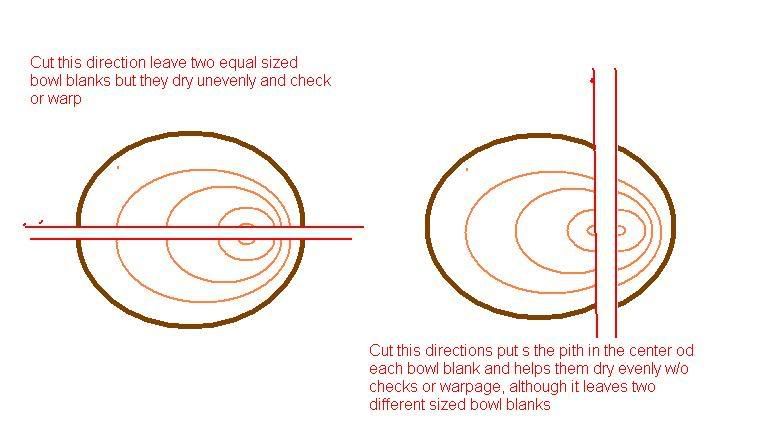Nancy Laird
Member
- Messages
- 1,417
- Location
- Rio Rancho, NM
I know Dennis Peacock, Mark Cothren and others periodically add fresh alcohol to their containers but have containers they've been using for years. Like Stu...they say the containers contents are look ugly but still work well.
I can testify to how Dennis Peacock's "soup" looks---grungy and ugly!!!
Nancy




